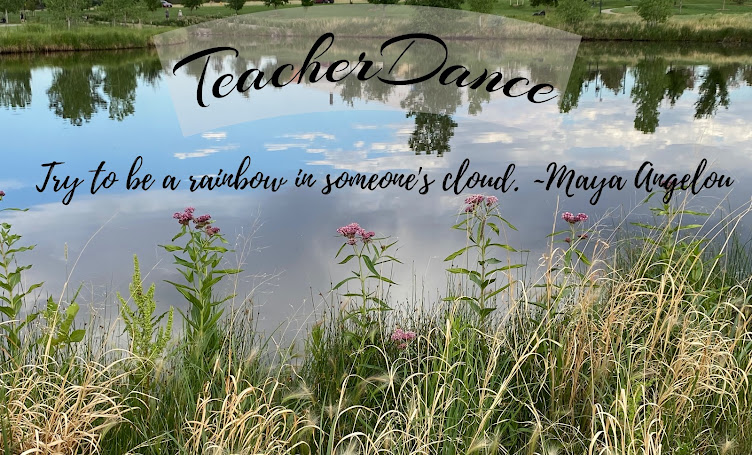 |
| art by Sarah S. Brannen |
Thanks for the advanced copy of this book from Laura Purdie Salas. Say Happy Birthday to it tomorrow, March 1st!
Early in school, sometimes even pre-school, curriculums include studies of families. And sometimes picture books are read to children that show what used to be a "normal" family: mother, father, one or more kids. In our world, however, lots of different human families exist and it's great to know that "normal" is just a six-letter word that includes a wide array of combinations. It's also terrific to see different make-ups of families presented by Laura in her latest book, Meet My Family, Animal Babies and Their Families. Laura is known for numerous and marvelous non-fiction poetry books like A Rock Can Be, and while the writing is poetic, this is not a poetry book, but a wonderful sharing of twenty-two animal babies and families, and a peek at a few human families, too!
There are interesting differences among the behaviors: some fight for food with siblings like pigs; other stay with families for a long time, like beavers for two years; and all the 'ladies' in the elephant herd care for the young, no males allowed! Interesting diversity is shown with river otters, who play and stay all together. Everyone cares for the other, a big family, contrasted with the baby green sea turtle who from its hatching, must fend for itself, all alone.































